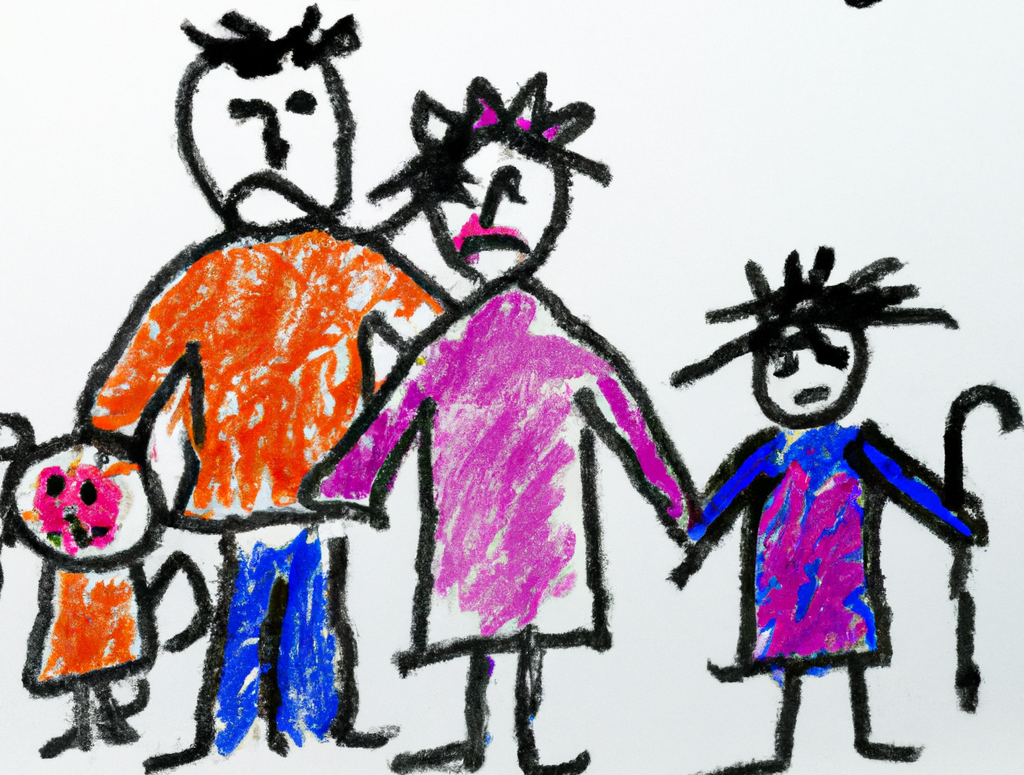My son started daycare when he was 18 months old. It was a pleasure and a blessing having him home until then—I would trade it for nothing—but my partner and I were ready to transition to a longer-term routine, and that necessitated childcare. It was time.
I figured it would take a few weeks to iron out the kinks. Our son would probably have a tough time napping, and he’d miss us for sure. But by week three, maybe four, it’d definitely be smooth sailing, and I’d be joining my partner in working full time again.
Nope.
My boy started school, my boy got sick
As any parent could have told me, we got clobbered. Within three days, my son had Covid, and while he was only mildly sick for a day or two, he (and I) stayed home for ten. Meanwhile, my partner was out of commission for longer than that. Scarcely a week after his return our son brought home some gnarly cold—home again, not sleeping, not eating. Turns out, it’s especially hard to manage a head cold when you don’t know how to blow your nose yet and have a strong and very vocal preference against medicine. The next time it was hand, foot, and mouth disease, then RSV, followed by a slew of mysterious rashes. You get the idea. Most of the time mommy and daddy didn’t fare much better.
So, to distract me from my misery and take on a project that could plausibly be brought to fruition while also tending to a sick one-year-old, I started quantifying the sick days and built a simple web app (myboyissick.com) to see it all. Here’s the result of my virus data visualization:

Credit: Zach Rottman
A virus data visualization: My approach
This project had to be minimal enough that it could feasibly be executed over the course of a few baby naps: The illness data (1 = sick, 0 = not sick) lives in a simple MySQL table, which a PHP script queries for the illness histories of mama, papa, and my boy before looping through the result to generate the elements that make up the grid. (Yep, the visualization is basically just a bunch of empty HTML div tags.)
More from Nightingale: Navigating the Wide World of Data Visualization Libraries
I considered a seven-column layout, so that each row would clearly and succinctly represent a one-week unit of woe, but in the end I decided to cede control to the CSS grid (which seemed appropriate since I wasn’t exactly in control of much anyway) and allow each row to fill with as many sick boxes as would fit for a given screen size. Plus, I thought, this way the emphasis would be on the sheer visual accumulation of a growing field of yellows and ochres.
Last but not least, for those who like keeping score, I even invented some pointless stats for each family member and stuck them at the bottom: a record (instead of wins and losses, sick days and not-sick days), a sickness average (the simple mean of sick days over total days), and a sick-to-not-sick ratio (what it sounds like: ratio of days sick to days healthy). Oh yes, early on it was not uncommon for my poor, sick little boy to be ill more frequently than not, and mama wasn’t far behind.
Takeaways from the project
I made this virus data visualization not as a joke exactly, but to amuse myself during a particularly dark time by crudely quantifying our collective misery. If anything it was more of an art project—I wanted to channel that relentless siege of daycare-borne virus into something that might at least be nice to look at.
But what began as a trivial diversion turned out to be an unexpectedly useful tool, encouraging fortitude when times were tough, and gratitude when they were not. In the midst of a viral gloom that seemed perpetual, I could now say: This illness had a beginning, and it too would pass.
A few days into a rare streak of collectively-aligned health, likewise, I could now see and thus appreciate it for what it was—a damn miracle that, in another time, I may well have taken for granted. In the end, I can’t really think of a less scientifically rigorous way of encoding illness than a 1 for sick and a 0 for not sick, but having some empirical data, no matter how clumsy, well, it keeps a daddy sane is what it does.
Zach Rottman






